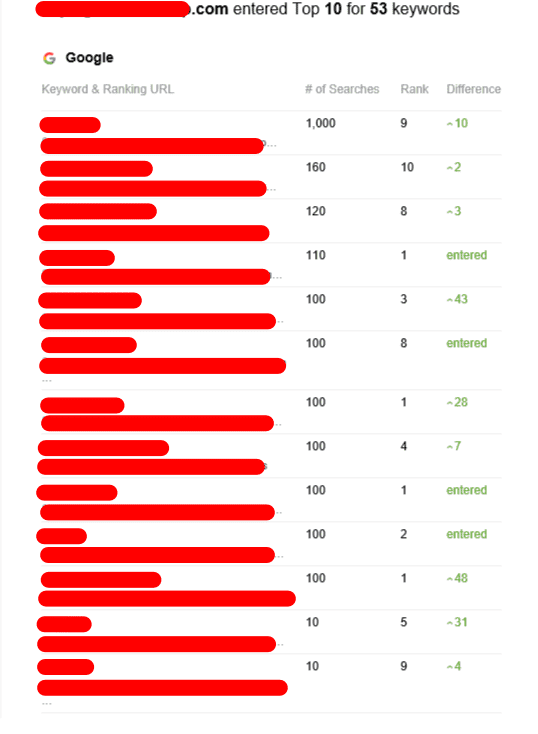How To Tell If You're Prepared To Go After Tiered Link Building

Tiered Linkbuilding
Tiered linkbuilding is a risky strategy since it is in violation of Google's Webmaster Guidelines. If you are a victim of a Google spam team looks over your backlink profile and discovers tiered links, your site or individual web pages could be penalized.
If you follow the correct steps using the proper steps, tiered linking can be beneficial for your SEO strategy. Here are some tips you must keep in mind when using this strategy.
Tier-one links
Tier-one links play an essential role in tiered linkbuilding as they increase search engine rankings of the page being promoted. They also boost the link juice of the site and ensure that it is indexable. These links can be risky in the event that they're used unethically. If Google detects these links, it could make a site penalized or eliminate it completely from search results. If you implement the correct methods for building Tier-one links,, you can achieve excellent results with no risk.
Diverse anchor text is an important factor. If you use the same word in your backlinks it will make them look as if they are spammy. It may even trigger the possibility of a Google penalty. To avoid this, include a variety of phrases to your anchor text. tiered link building tools is the quality of the websites that you choose to donate to. You should stay clear of poor-quality, spammy websites in your tiers.

Tiered linkbuilding is an excellent way to boost your search engine rankings, but you must keep in mind that the quality of your link profile is more important than quantity. You should also use white-hat methods to avoid penalties from search engines. This may take longer however it's the best option for long-term results.
Tier-two links
The second level of links in tiered linkbuilding may be constructed using many different methods, such as forums, social media, and user-generated content. The key is to use a diverse mix of sources to ensure that you are not relying on any single kind of backlink. This will help you to avoid Google penalties and keep high-quality links.
Utilizing a service such as HARO is another method to get tier-2 links. This is a good way to build links if you have the time and resources to do it, so you don't make the exchange too obvious. This is because Google might view it as an act of "quid pro quo" and penalize your site.
Tier-two links may not be as powerful as first-tier links, but they still can increase your search engine rankings. It is crucial to keep in mind that these backlinks do not directly connect to your site. You will need a well-thought out content strategy to ensure that these backlinks are relevant.
Avoid using Tier-two links within a link scheme, since this is against Google webmaster guidelines. The search engine prohibits any link schemes that are automated, and has released numerous updates to prevent such practices. So, you should choose a quality link building service that is up-to-date with the latest Google algorithms.
Tier-three links
Link building with a tiered structure can increase the authority of a promoted resource and increase its position in results pages for search engines. However, it is essential to choose a strategy that will allow you to reap the maximum out of this technique. For instance, you should avoid websites that require moderating and focus on producing high-quality content. If you follow this advice you'll be more likely to achieve a higher organic ranking than those that do not.
The tier-three links of a tiered linkbuilding system are typically posted on forums and user-generated content websites like Quora. They don't link to the promoted site however, rather to tier two indexed links. They are also considered grey hat SEO and can be penalized by Google. It's best to avoid them.
When properly utilized, tier three links can be an effective method of promoting your site within a competitive market. It is essential to remember that the number of links you establish on tier three should be proportional with the number of links you have on tier one. Google could penalize you for spamming. It is also important to ensure that your tier-3 link quality is above average, and do not place them on low-quality websites. The most dangerous thing you can do is to utilize automated tools to publish a large amount of links. This could damage your reputation and result in losing the trust of search engines.
Tier-four links
Tiered linkbuilding is a process of building a pyramid of backlinks to your site. This method is used to boost a website's rank on search engines like Google. This method also assists in creating links that look natural and do not violate any SEO guidelines. Additionally, this method allows you to post links on websites that follow strict rules for moderation for example, Wikipedia. This process can be time-consuming and expensive. In order to accelerate the process, numerous marketers use software such as GSA, Xrumer, and ZennoPoster.
The second layer of tiered link construction comprises links that come from medium-level web 2.0 websites and low-quality blogs. These backlinks can be distributed and spun over multiple websites to give them more credibility. They can also be found on profile links, forum posts, and other types of content. However, it is important to remember that these links are not so effective as the primary tier of backlinks.
If you want to build links for the long run, you should use white-hat methods instead of black hat ones. These methods are thought to be the most efficient and secure for long-term results. Methods that are not black-hat are more likely to be detected by search engine algorithms and will result in penalties.
